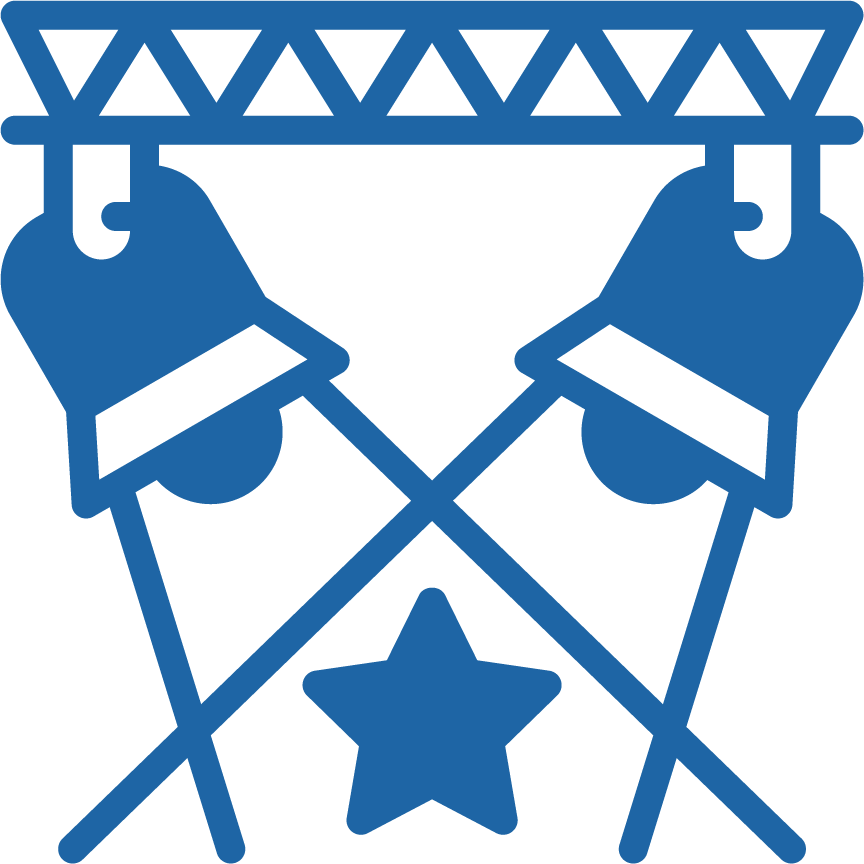- Welcome
- Approach
- Invent
- Apply
- Transition
- Glossary
| Overview | Satisfy the End User | Gather Market Requirements | Analyze the Market | Identify the Competition | Assess Product-Market Fit |
|---|
Identify the Competition
The education sector is awash in vendors and solutions. If there is a gap in the market or opportunity created by technological advances, chances are others are also trying to figure out how to fill it. How will you break through? Sometimes you are competing directly with similar products, such as curriculum or digital learning apps. Sometimes you are trying to change user behavior with a different type of solution, such as moving from paper-based worksheets to an online adaptive platform. Either way, all providers are competing for the limited resources – time and attention as well as funding – of overextended educators and administrators.
To prepare your educational solution for the market, you need to ask:
- What makes your solution different from what is already out there?
- What benefits does your solution offer compared to existing solutions?
- What can you learn about the opportunity for your solution from how existing products have fared?
You can answer these questions by conducting a competitive analysis that looks at your product and compares it to what is available in your market segment. You informally began this analysis of existing solutions in the Invent stage when you identified a real, unmet user need. In the Apply stage, it is time to set up a process to capture important information about the competition, fill in gaps in your team’s knowledge, and then analyze the results to identify how your product is different from or better than existing solutions in terms of performance, reliability, convenience, and cost (PRCC). As part of this process, you will further define your product as a feature or complete solution.
Who is in the market?
Start your competitive analysis by identifying what your intended users are currently using as solutions. You can do this by analyzing your user feedback and reviewing available aggregators or lists of the top-selling or most-used curriculums and products (consult, for example, EdReports, Education Week, other education market research publishers). Next, look for information to document the PRCC of your top competitors. In terms of performance, you may look into research reports documenting impact or reference, such as those on Evidence for ESSA or Proven Tutoring (although some of this information may be outdated), and cost information that is often available on product websites.
Reliability may be informed by research reports, but in general reliability and convenience are more subjective. Rely on your professional assessment informed by the feedback you have collected from users to determine reliability. A good source for some of this information is EdReports, an independent nonprofit that publishes free reviews of yearlong K–12 instructional materials for alignment to college- and career-ready standards, usability, and other quality criteria.
As you investigate your competition, consider documenting additional details about the competitors’ funding sources, marketing approaches, and business models. This information will be helpful in your later thinking about transition.
“In our experience, a narrow innovation developed by a single research and development team is often insufficient to achieve broad adoption on its own because it does not provide a complete solution.”
—Authors, From Research to Market. Read more
What makes your product different from existing products?
Based on the information you collected above, consider the following questions:
- How does your product compare with competitors on PRCC?
- What are the differentiators? In other words, where does your product excel over the others?
- What aspects of PRCC might you need to improve in order to compete in the market?
- What are the compelling reasons a user or decision-maker would choose your product over competing solutions? Those reasons could include superior efficacy, greater relevance and responsiveness to the student populations served by target school districts, more support for teacher development, and other attributes of importance to users and decision-makers.
Is your product a feature or a complete solution?
Many of the innovations born in labs or developed by researchers are individual components or features rather than full solutions. This is mainly because funding for innovation requires isolating and measuring specific outcomes of interest, rather than having a broad and systemic approach. However, the market tends to favor complete solutions to a need or problem, not piecemeal supports. Using your competitive analysis and user feedback will help you identify whether you have a solution or feature and better understand your market. Consider the following questions and implications:
| Does the product augment an existing solution? | If there are early indications that the product does not have enough features to be a stand-alone solution, a transition target may be an existing company that can incorporate the innovation into an existing solution. Start the conversations early with the existing providers to gauge their level of interest in transitioning technology from researchers. |
| Does the product displace an existing solution? | If there are early indications that the product has the potential to be a complete solution, it may be in a position to displace an existing solution. The competitive analysis will help you understand what features are necessary to displace an existing solution. |
| Is the product a completely new solution? | If there are early indications that the product has the potential to be a complete solution and does not displace existing solutions, it may create an entirely new market. For instance, not too long ago, Google Classroom did not exist. It created a new ecosystem of digital tools adopted by schools that would not have been possible. New markets can be created by fundamental ecosystem changes (technological advancements or public policy). |

Stories of Scaling Highlight
Often researchers develop solutions that intend to change the way schools or teachers operate, especially when existing systems and structures fail to produce desired outcomes. In these cases your competition may not be from other providers, but with the status quo. Introducing a new type of solution can be harder than displacing an existing solution – you may have to convince multiple stakeholders to change systems, policies and behavior, requiring a strong case that the new way of doing things will be a substantial improvement.
For example, the creator Cognitive ToyBox, a play-based early childhood assessment tool cited status quo as her biggest competition.
When asked what she sees as the company’s primary competition, Kwan cited “the status quo of early childhood assessment: observation-only assessment.” Because Cognitive ToyBox provides timely formative feedback from a combination of direct observation and assessment, it entails a change in philosophy and practice for many early childhood educators. “We are in the business of changing hearts and minds around assessment approaches.”
Read more of the Cognitive Toybox story of scaling.
![]()
Notice and Reflect
While analyzing your competition and others in your market space, pause to notice and reflect. Consider the following questions:
- What value does my product bring to the market in terms of improving opportunity and outcomes? How can this be an asset or differentiator?

Spotlight Resource
EdReports. This website publishes free reviews of yearlong K–12 instructional materials for alignment to college- and career-ready standards, usability, and other quality criteria. It can help you identify and analyze PRCC for complete solutions on the market.

LEARN More
How to Research Your Competition as a Knowledge Entrepreneur. This article by CYPHER Learning provides additional information that can help you analyze competitors, including reviewing competitor pricing and marketing strategies and performing a SWOT analysis (Strengths, Weaknesses, Opportunities, and Threats).
Stories of Scaling: Cognitive ToyBox. This story of scaling profiles the development and scaling journey of the early childhood assessment tool, Cognitive ToyBox.
